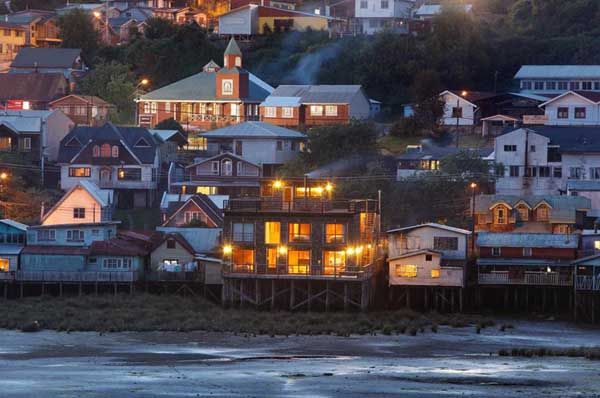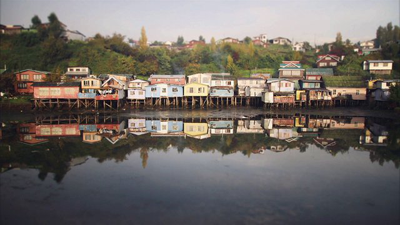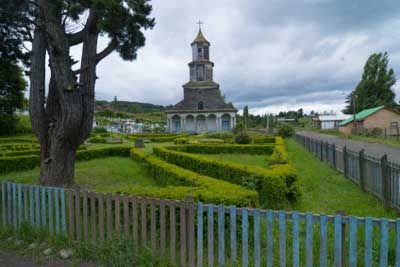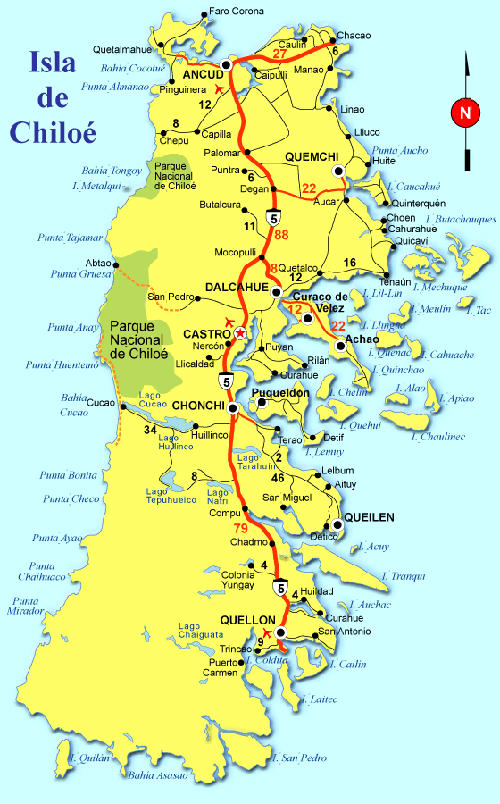Holiday Resolution
Isla Grande de Chiloé, a 250 km long and 50 km wide rectangle, is the first island to come into view as you cross the Chacao Channel by ferry.
The archipelago of Chiloé is composed of 30 islands, each of which offers visitors views of rolling hills and villages filled with brightly colored wooden houses. One of the first things that you will notice is the genuine charm of its people, the Chilotes –descendents of Spanish colonizers and the Huilliche people-, who are renowned for their hospitality. The colorful houses on stilts, or palafitos, have become one of the classic images of Chiloé, as have its 18th and 19th century wooden churches, 16 of which are UNESCO World Heritage Sites.
Ancud, Castro and Quellón are the most important cities of the area, as well as the up and coming Rilan Peninsula, north of Castro. These are just a few starting points from which to explore the beautiful landscape and discover the delicious cuisine of the area, with all its mythology and local festivals.
One of the best ways to discover the culture of Chiloé is by kayak or to take a ferry to Quinchao, Lemuy, San Pedro and the Chauques Islands, where you can attend local celebrations and listen to traditional myths and legends.
Though the cultural aspects of Chiloé definitely seem to take center stage, the area’s natural bounty is impossible to miss. The sea and forest converge in a wild and solitary landscape on Isla Grande de Chiloé, which is home to a national park located in the western part of the island and Tantauco Park to the south. Visitors can spot Chilote foxes, hundreds of birds species and humpback whales on their way to Patagonia. Tantauco Park also boasts an impressive network of hiking trails that wind through larch, myrtle and cypress trees.
Source: chile.travel




No comments:
Post a Comment